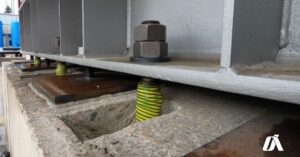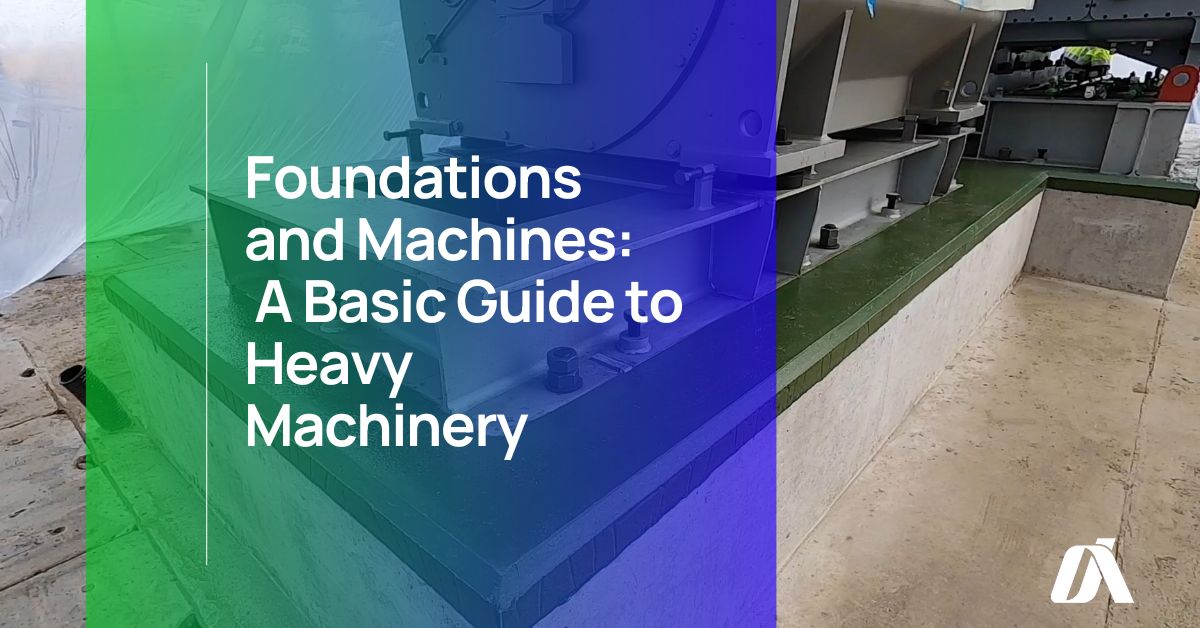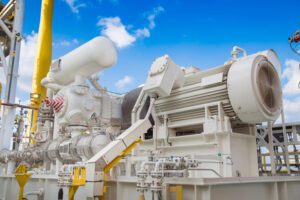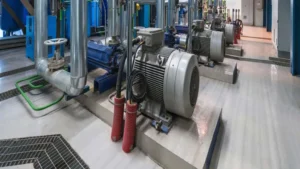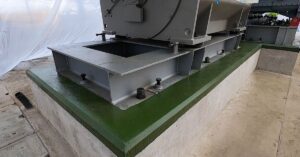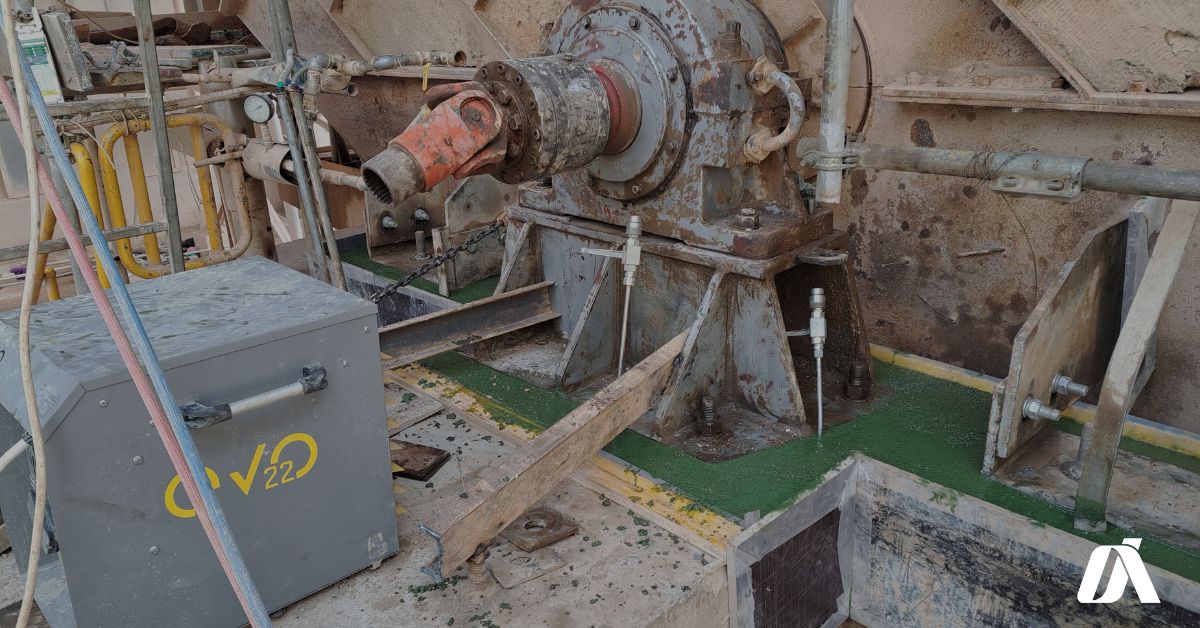
Lifting and placing heavy machinery is a complex task that demands meticulous planning, precise execution, and unwavering attention to safety. Whether you’re relocating existing equipment within a facility or installing new machinery, every step of the process requires careful consideration to ensure a seamless and risk-free operation.
Weight Distribution and Center of Gravity

image source: raptor-scientific.com
Understanding the weight distribution and centre of gravity of the heavy machinery is the cornerstone of a safe lifting operation. It’s not just about the overall weight but also about identifying any asymmetry or shifting weight during the lifting process. Calculations need to be precise, considering the machinery’s design and ensuring that the load is evenly distributed to prevent imbalances.
Lifting Equipment Selection
Choosing the right lifting equipment is a decision that can significantly impact the success and safety of the operation. The selection process should consider the size, shape, and weight of the machinery.
Common choices include cranes, forklifts, and hydraulic gantries, each with its own advantages and limitations. It’s crucial to verify that the chosen equipment is well-maintained, meets safety standards, and is operated by trained professionals.
Site Assessment and Preparation

image source: aeiconsultants.com
A thorough site assessment is essential before initiating any lifting and placing operation. Evaluate the terrain, ground stability, and potential obstacles. Prepare the site by ensuring it is level, firm, and capable of supporting the load. If the machinery is being moved indoors, meticulous checks of door and ceiling clearances should be conducted to avoid any obstructions during movement.
Rigging and Lifting Attachments
The rigging and lifting attachments used play a pivotal role in the stability and safety of the lifting operation.
Rigging components should be inspected for wear and tear, and their load-bearing capacity should match the weight of the machinery. The type of attachment, whether slings, shackles, or specialised lifting beams, should align with the machinery’s design and designated lifting points.
Communication Protocols
Clear and effective communication is non-negotiable during lifting and placing operations. Establish a standardised communication protocol between the equipment operator, signal person, and any additional personnel involved. This ensures that everyone is on the same page, reducing the risk of misunderstandings and enhancing the overall safety of the operation.
Operator Training and Certification
The operators in charge of the lifting equipment must be highly skilled and certified. Operating heavy machinery demands a thorough understanding of the equipment’s capabilities and limitations. Regular training updates and adherence to safety protocols contribute to a skilled and safety-conscious team, fostering an environment where precision and safety go hand in hand.
Emergency Response Plan
Despite meticulous planning, the unexpected can occur. Therefore, having a robust emergency response plan in place is crucial. Identify potential risks and establish protocols for responding to emergencies such as equipment malfunctions, sudden shifts in weight, or adverse weather conditions. Swift and well-coordinated responses can mitigate the severity of incidents and ensure the safety of personnel.
Post-Placement Considerations
The completion of the lifting operation doesn’t signal the end of the process. A thorough post-placement inspection is necessary to confirm the stability, security, and correct positioning of the heavy machinery. Addressing any issues promptly during this phase prevents complications during subsequent operations and contributes to the overall longevity of the machinery.
Conclusion
Lifting and placing heavy machinery is a multifaceted task that demands a holistic approach. By prioritising considerations such as weight distribution, equipment selection, and communication protocols, organisations can enhance the safety and efficiency of lifting operations.
This guide serves as a roadmap for elevating the standards of safety and precision within the industrial landscape, ensuring that every lift is not just about elevating machinery but also about elevating the overall safety and efficiency of industrial operations.
Applying grout and resin is a crucial step in the machinery foundation installation process. Grout fills gaps between the machinery and the foundation, ensuring a level surface and preventing any movement. Resin serves as a protective coating, guarding against damage from chemicals and corrosive materials, and sealing cold joints. At Alphatec Engineering our applications encompass skid and baseplate installation, chemical protection for concrete foundations, chemical anchoring, and sealing cold joints.




